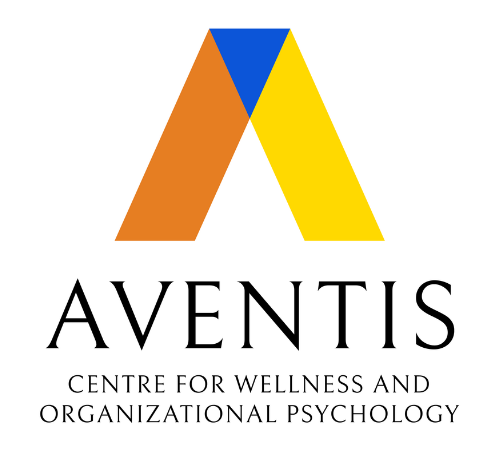It’s 3 pm on a Tuesday, and you’re knee-deep in work. Your inbox is overflowing with unread emails, your to-do list is a mile long, and your boss just popped into your office asking for an urgent report. As you frantically try to juggle multiple tasks at once, your mind starts to wander. You find yourself thinking about what you’re going to make for dinner tonight, replaying a conversation you had with a friend over the weekend, and worrying about a deadline that’s looming on the horizon. You feel overwhelmed, stressed out, and completely disconnected from the present moment.
When it feels hard to keep your focus at work, mindfulness seems like a great idea. How can you apply its principles to feel more present and productive?
What is Mindfulness?
Mindfulness is simply the practice of paying attention to the present moment without judgment. It involves bringing awareness to your thoughts, feelings, and physical sensations in a non-reactive way. You can learn to quiet the constant chatter of your mind and focus more fully on the task at hand. This can lead to greater productivity, reduced stress, and an overall sense of well-being.
Steps to Practicing Mindfulness at Work
So, how can you start incorporating mindfulness into your busy workday? Here are a few steps you can follow:
Step 1: Set an intention

Before you start working, take a moment to set an intention for the day. Then, ask yourself what your top priority for the day is. Once you’ve identified it, write it down and place it somewhere visible, like a sticky note on your computer or in your planner. Throughout the day, remind yourself of your intention and use it as a guide to help you stay on track and focused on your goals. Setting an intention can help you stay centred and focused throughout the day.
Step 2: Take breaks

Taking regular breaks during the workday is crucial for maintaining productivity and avoiding burnout, as research shows that short breaks can improve focus, creativity, and job satisfaction. Incorporating mindfulness into these breaks, such as taking a walk outside and focusing on your surroundings or taking deep breaths, can help you disconnect from work-related stress and feel more refreshed and energized. Practising mindfulness during breaks can promote overall well-being and reduce stress in the workplace.
Step 3: Practice mindful listening

To practice mindful listening with your colleagues, make a conscious effort to give them your full attention and listen without judgment or distraction. This means avoiding the temptation to check your phone or think about what you want to say next. For example, during a team meeting, try to maintain eye contact, nod or respond appropriately, and avoid interrupting the speaker. Additionally, pay attention to the underlying messages or emotions in what they’re saying, and acknowledge those as well. By doing so, you can not only build better relationships but also remain in the present moment.
Step 4: Focus on one task at a time
Multitasking might seem like a great way to get things done quickly, but it can actually decrease your productivity and increase your stress levels. Instead, try focusing on one task at a time. Let’s say you’re writing a report: you can eliminate distractions such as social media or email notifications, and put your phone on silent. Then, set a timer for a specific amount of time and work on that task without interruption until the timer goes off. This will help you give your full attention to the task at hand and avoid the temptation to multitask. Once you have completed the task, take a break before moving on to the next one.
Step 5: Practice Deep Breathing
When you feel yourself getting overwhelmed or distracted, take a few minutes to step away from your desk and find a quiet space to sit or stand. Take a deep breath in through your nose, hold it for a count of four, then exhale through your mouth for a count of six. Repeat this for several breaths, and notice how you feel more grounded and centered. You can also set aside a specific time each day to practice deep breathing, such as before starting work in the morning or during a midday break.
By incorporating mindfulness into your workday, you can increase your sense of well-being for the long day ahead. Remember that mindfulness is a practice that takes time and effort. It may take time to see the full benefits, but incorporating these steps into one’s work routine can be a helpful start.
About Our Lunch and Learn Programmes
At Aventis Wellness, we offer a holistic approach to Corporate Mental Wellness through our special curated workshops by our team of Mental Wellness Coaches. Our Lunch and Learn Programmes are focused on the three key components of wellness — “Mind, Body, Soul.”
About Aventis Wellness
Aventis Wellness (AW) is an evidence-based Employee Assistance Program (EAP) and Counselling Provider. At Aventis Wellness, we recognize the importance of mental wellness and strive to offer affordable and accessible counselling and coaching services in full confidentiality. We bring together a community of industry practitioners, mental wellness experts, university partners, counsellors, therapists and learners.
We are here to support you and all companies towards a healthier and more engaged workforce by providing workplace well-being solutions. Many of our practitioners are highly experienced and come from diverse backgrounds. They offer wide-ranging areas of counselling catered to meet the needs of different companies or individuals.

